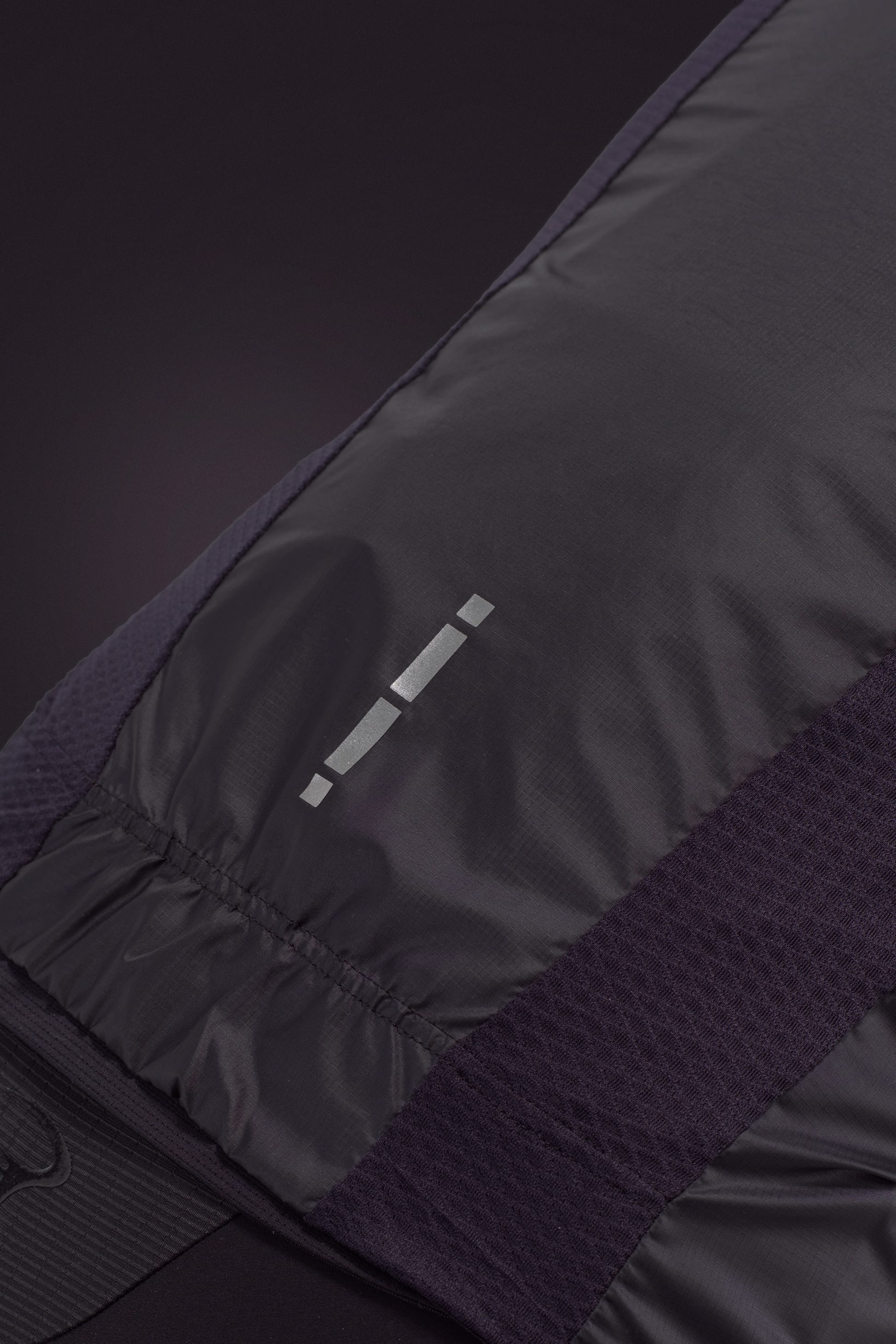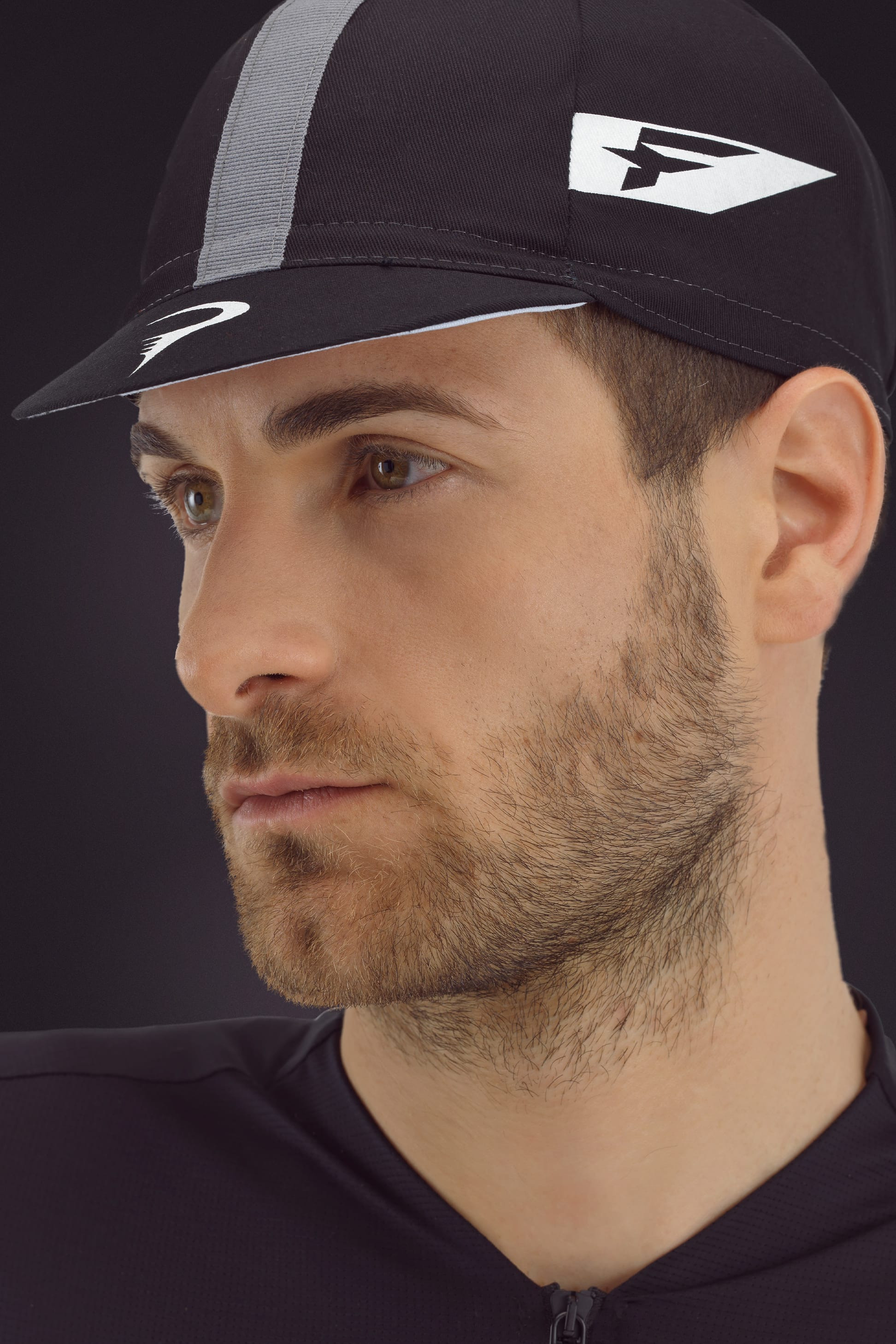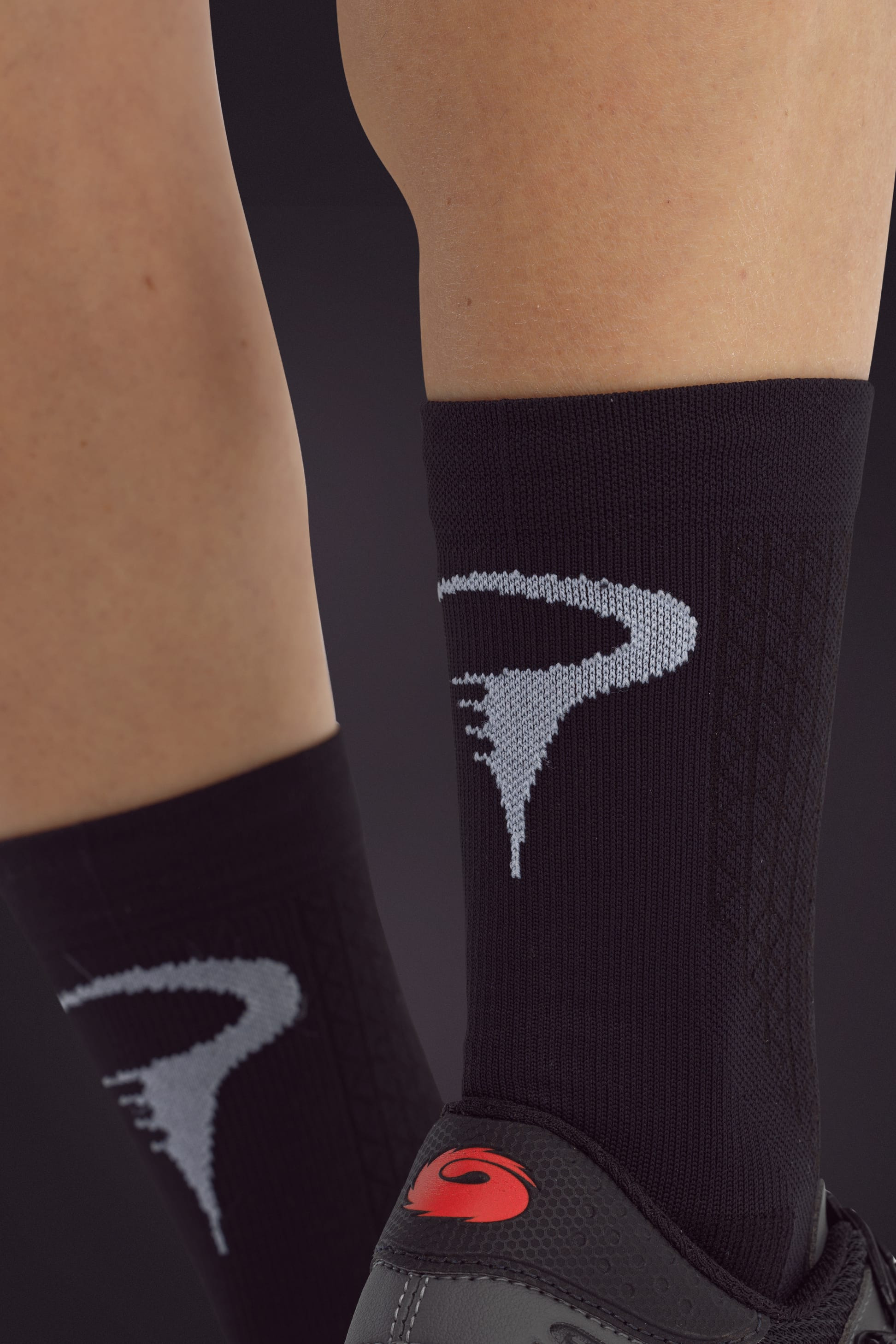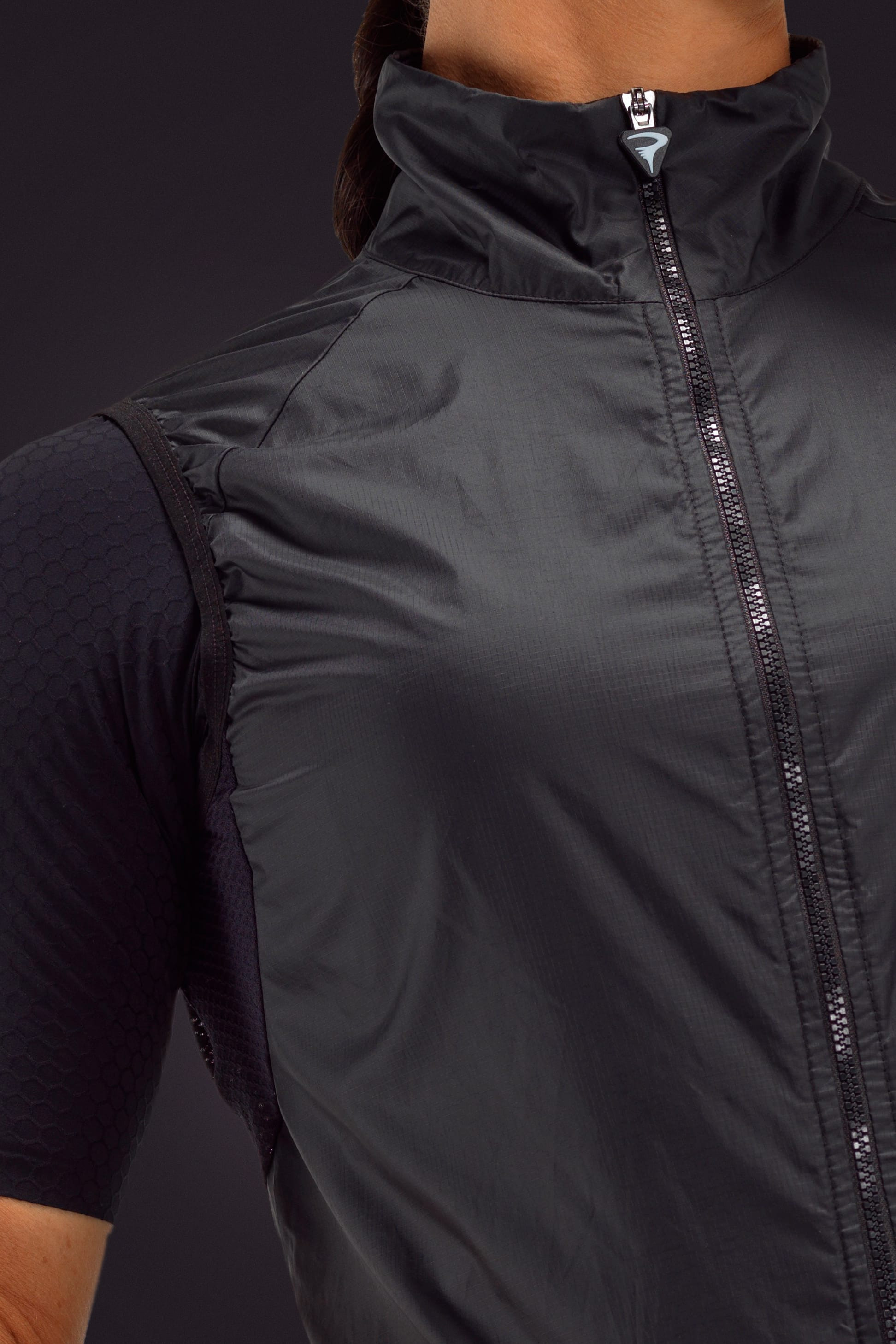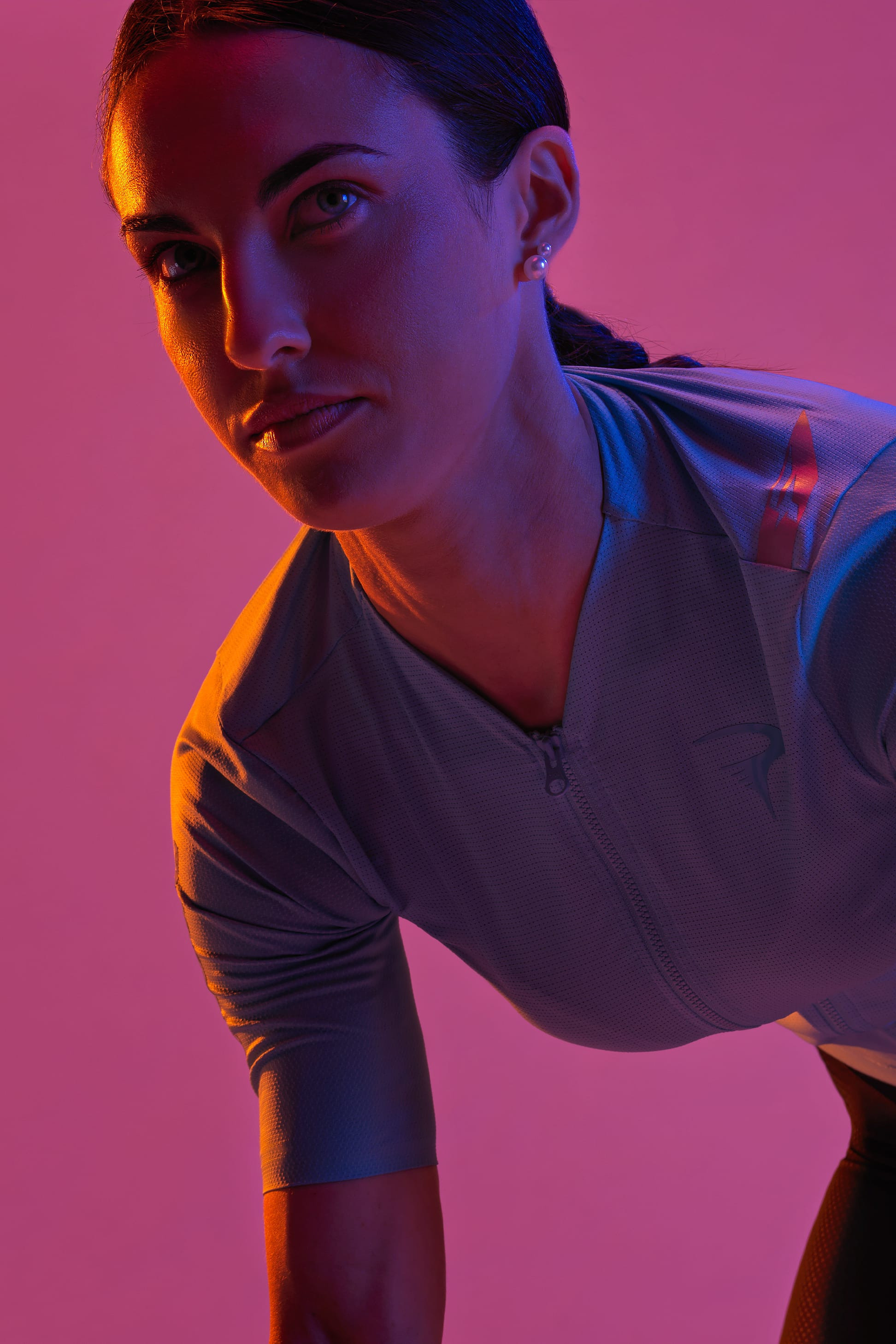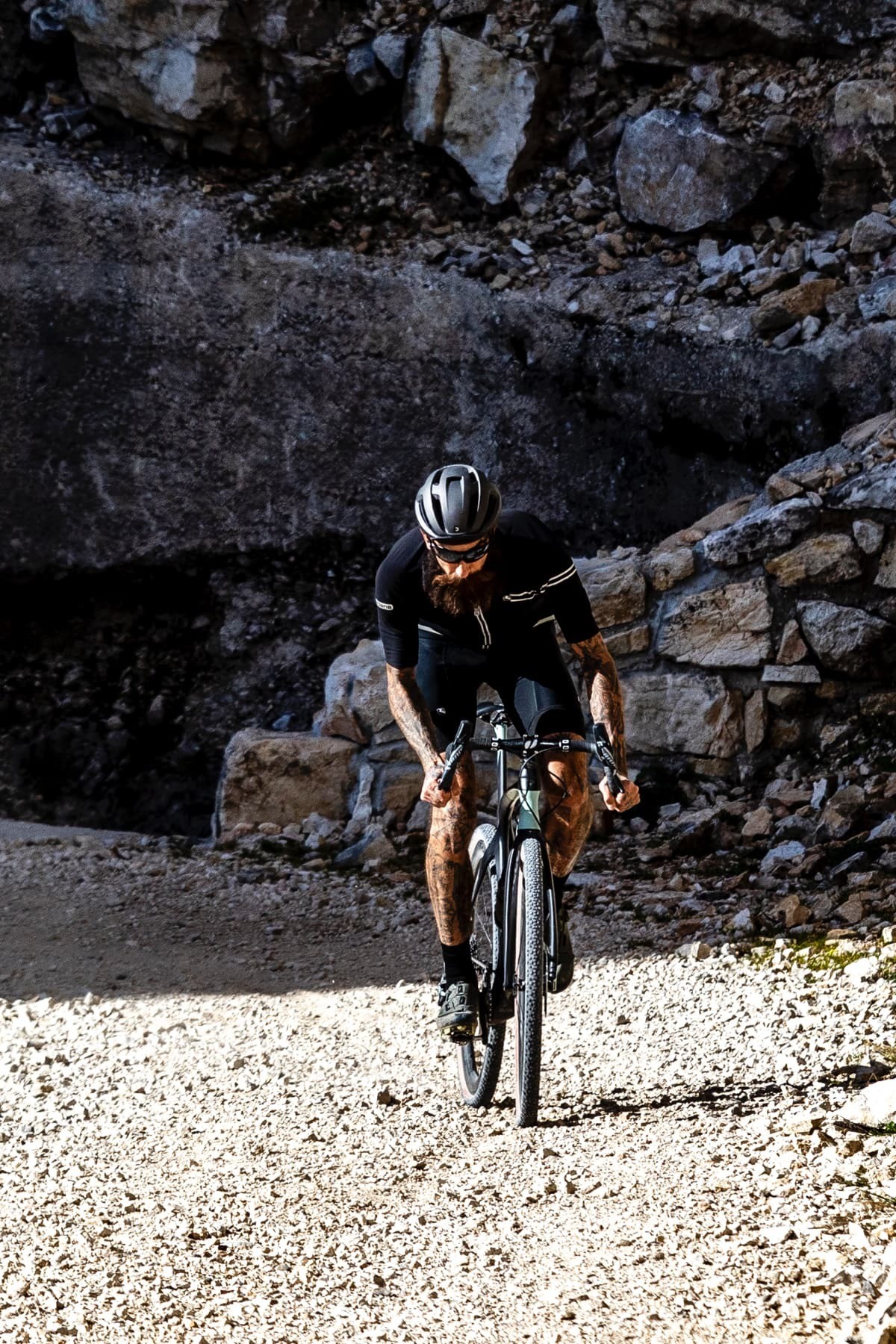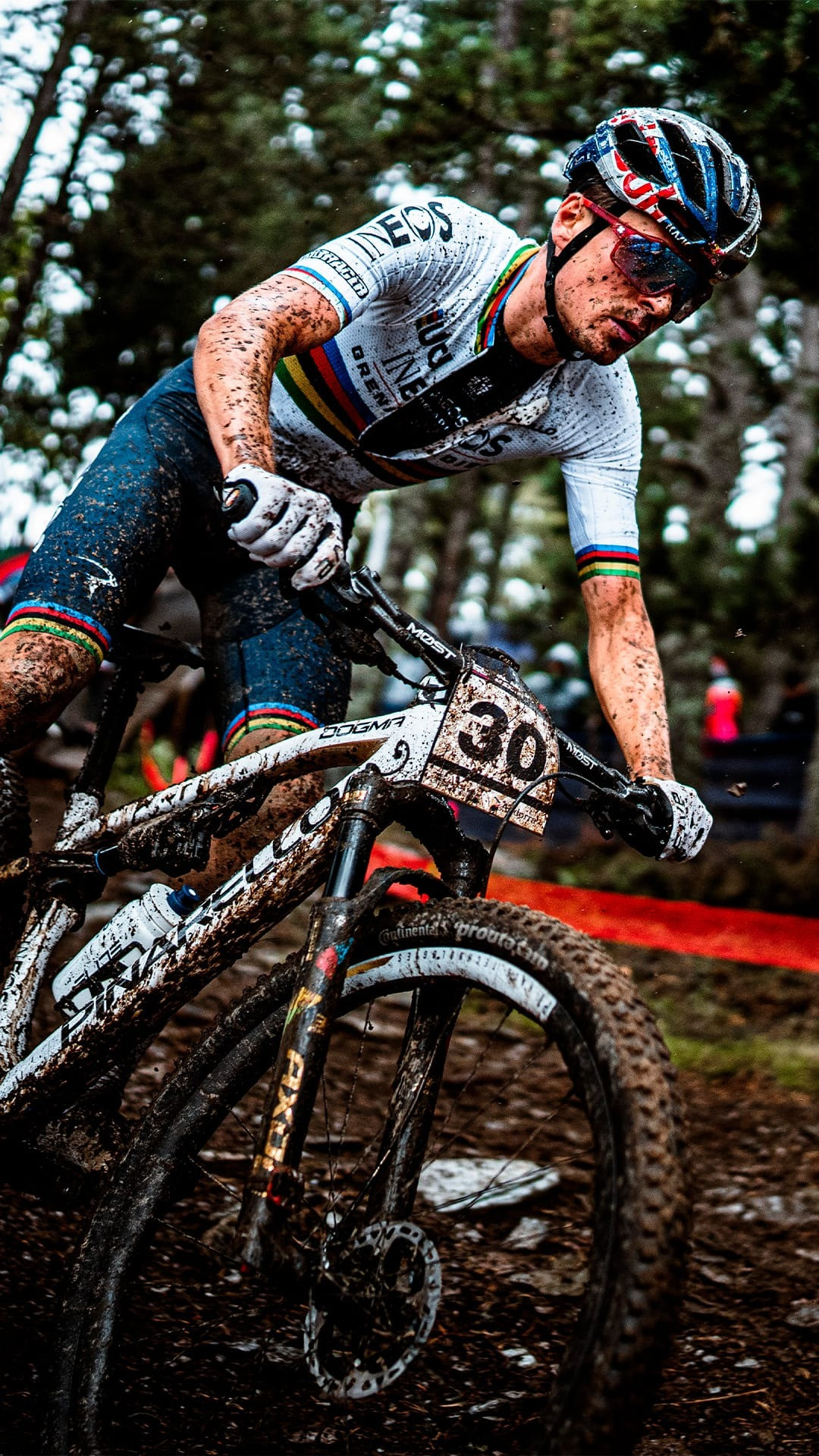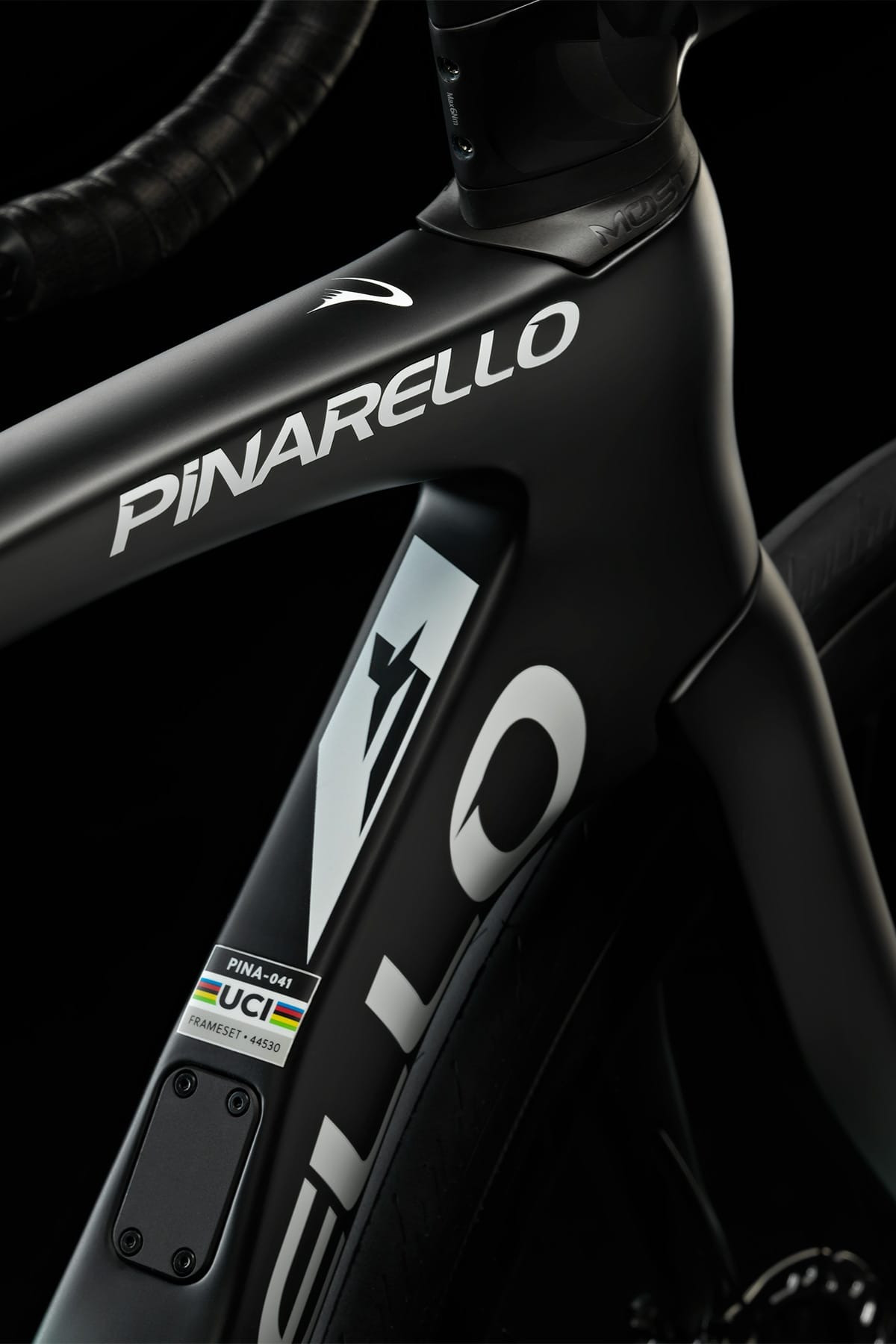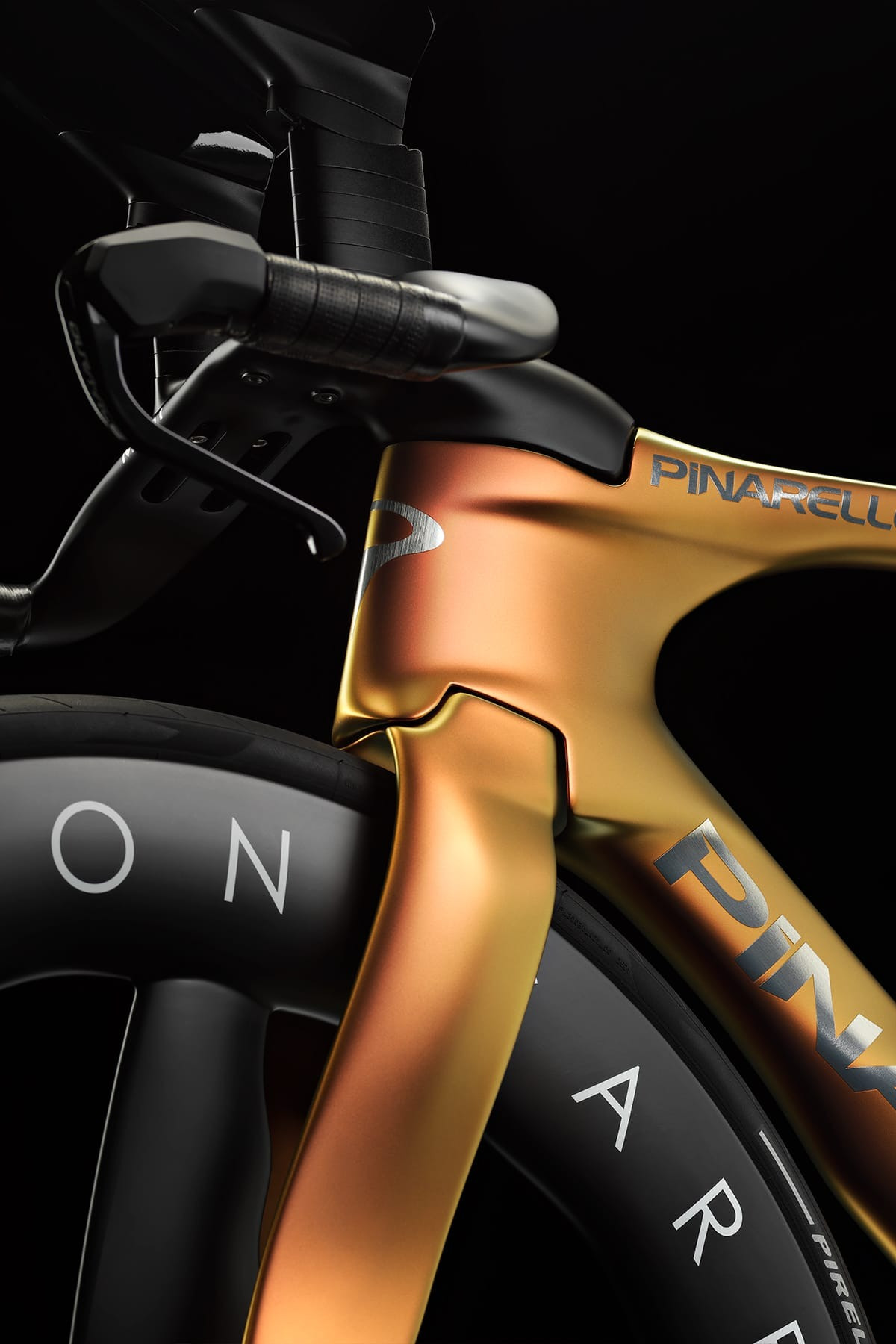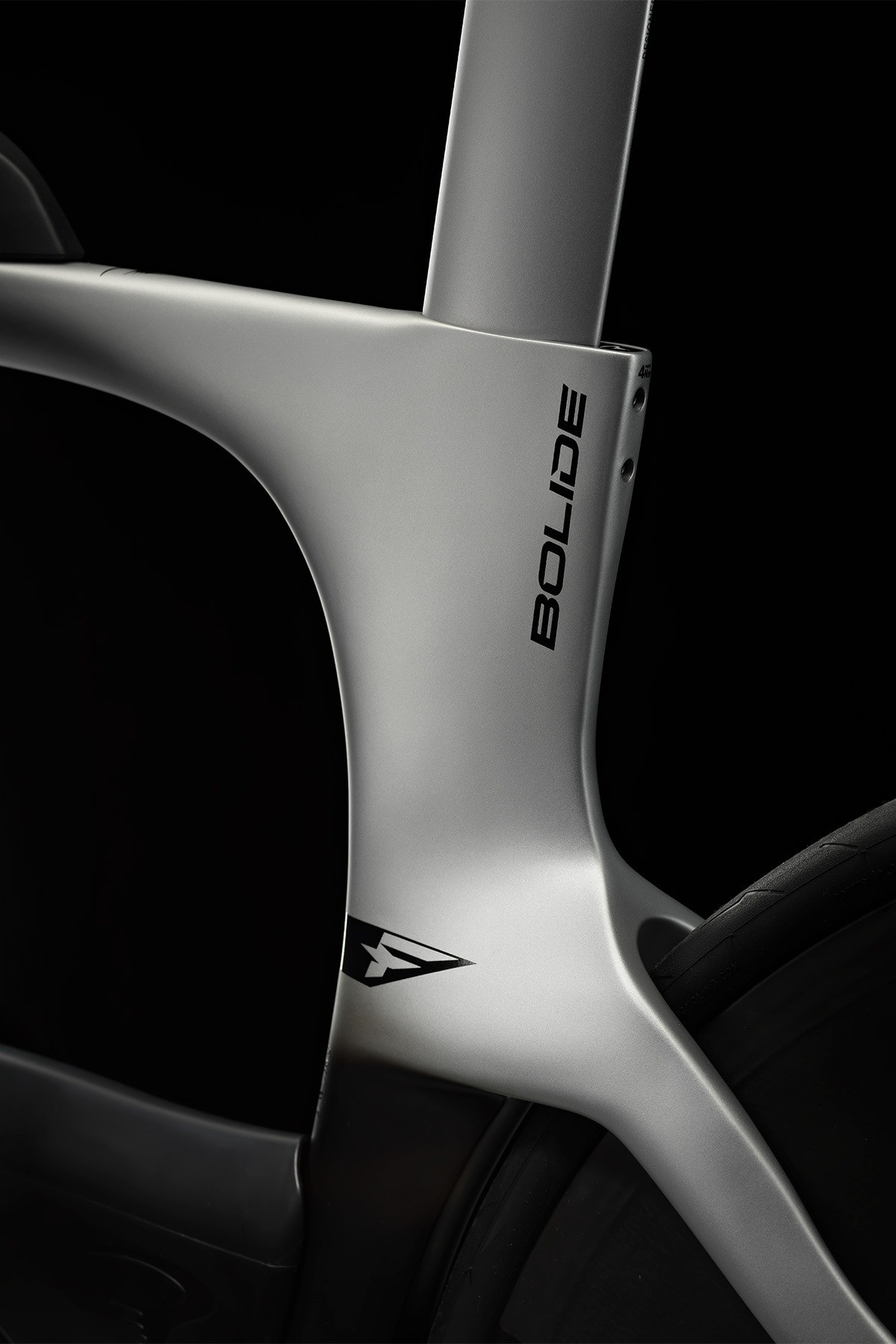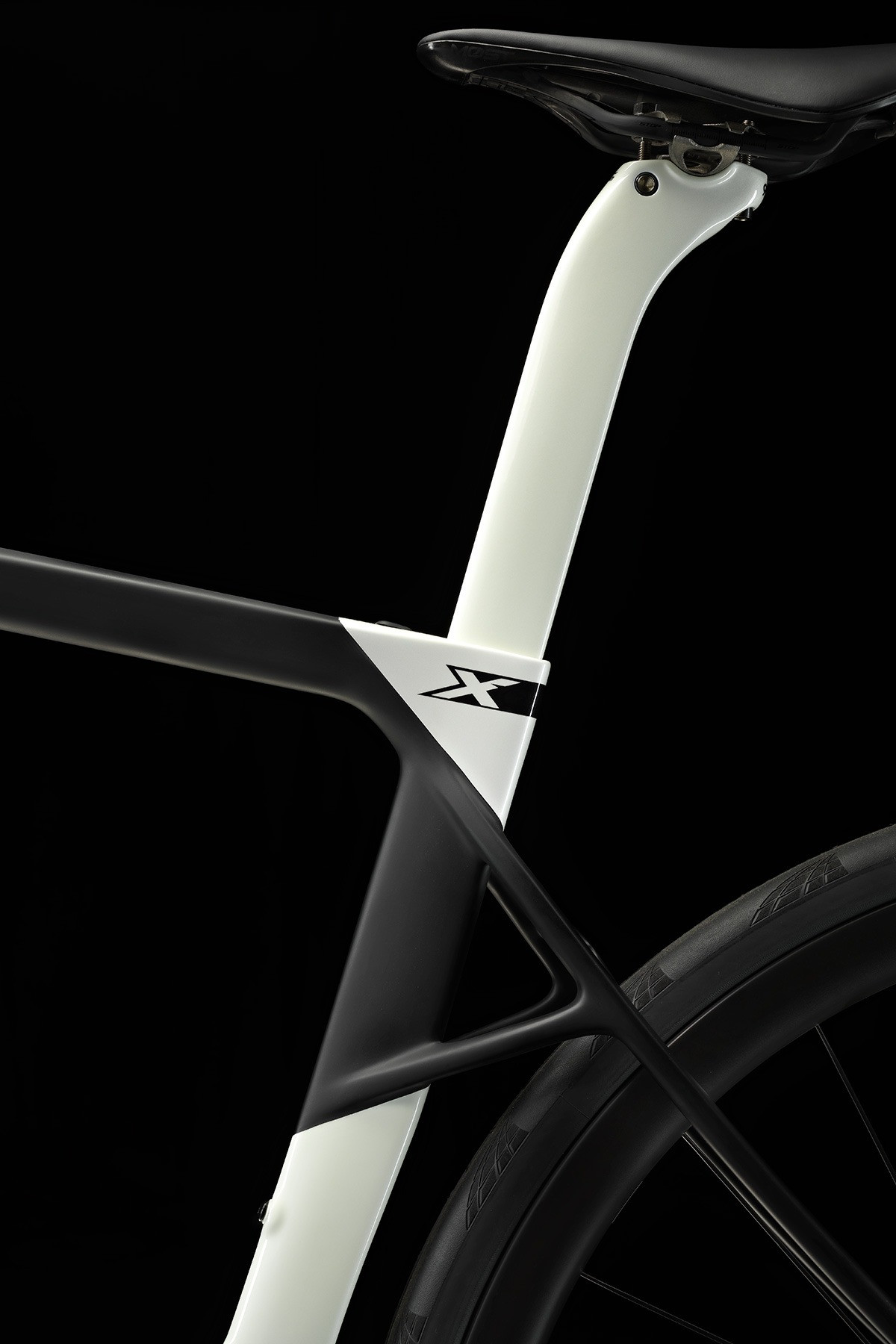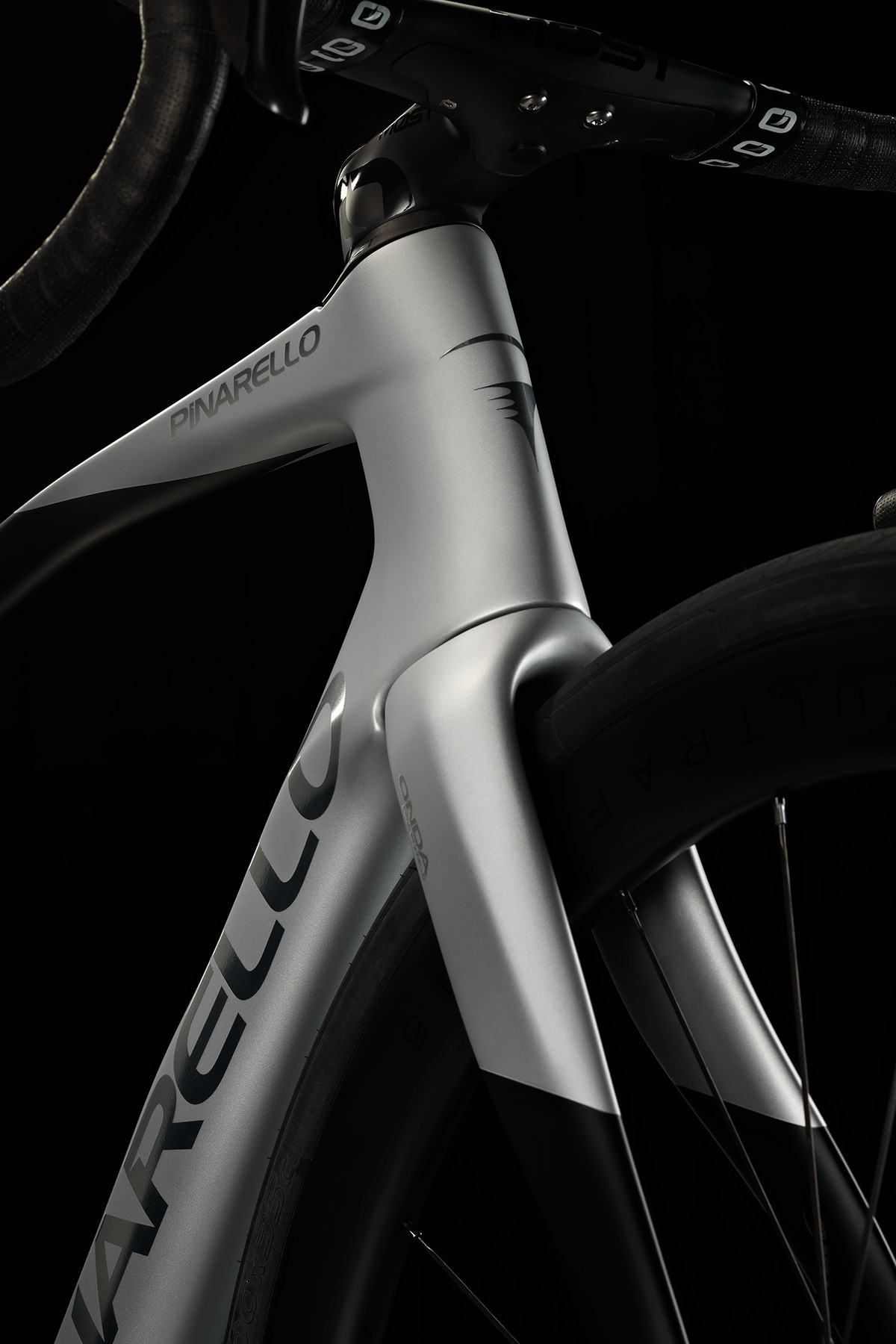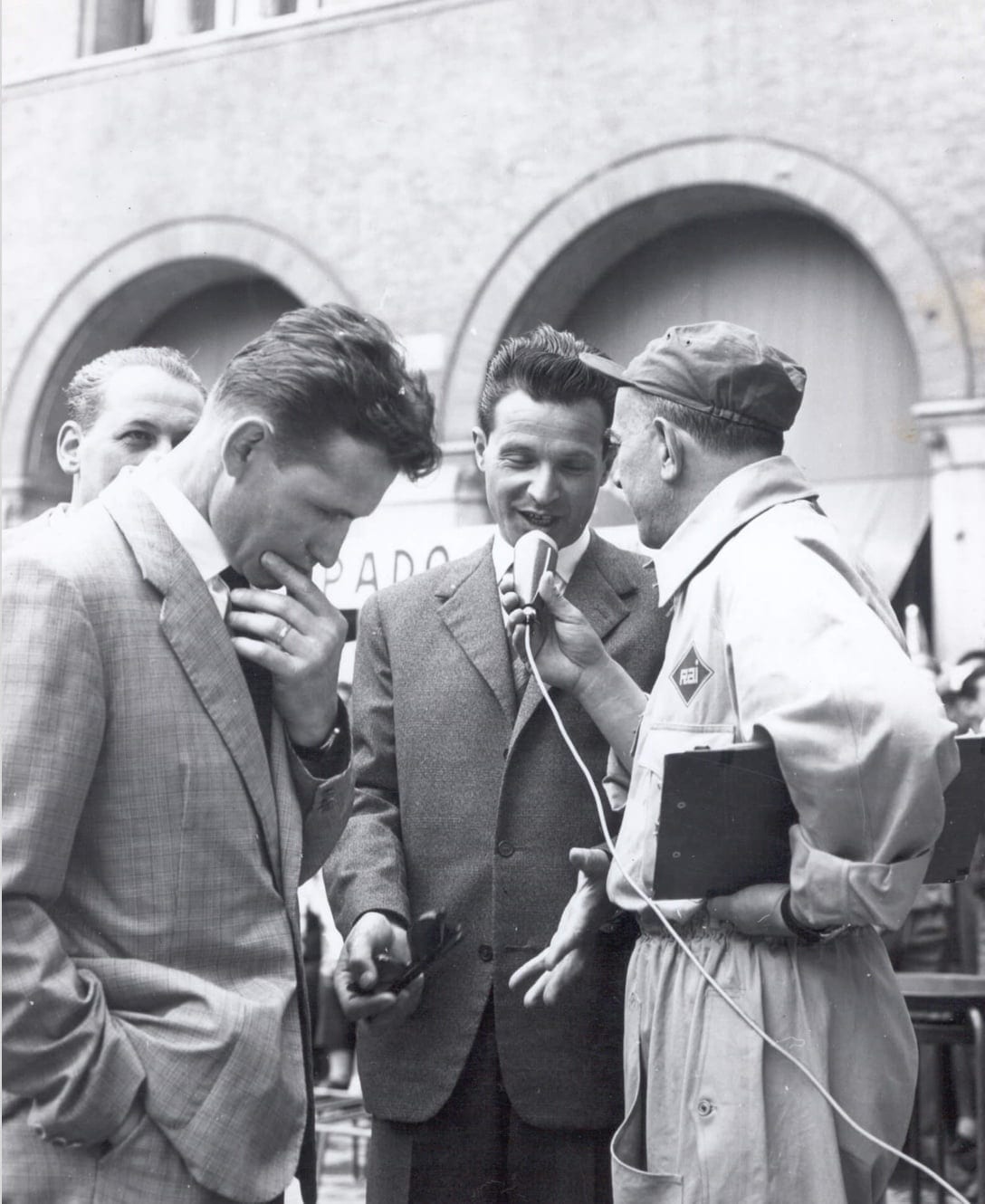The first grand tour title came in fittingly dramatic fashion. Won against the odds on the slopes of the Passo dello Stelvio, by a rider no one expected. It was 1975, and though the era of Eddy Merckx and Felice Gimondi was coming to an end, there were a host of fresh young talents champing at the bit to take over. Among them was a young Giovanni Battaglin, riding a Pinarello for the Jolli Ceramica team.
When Merckx and his Molteni team pulled out just before the race’s start, it looked like Battaglin had a chance, albeit a slim one. Gimondi was still there, and though no longer in his prime, as a winner of all three grand tours and the last Italian to finish in the Maglia Rosa, he was still the favourite.
There was also the great Belgian Roger de Vlaeminck, and the talented Spaniard Francisco Galdós. So when the peloton lined up at the beginning of stage one in Milan, it would have been impossible to guess that it was Battaglin’s teammate Fausto Bertoglio who was destined for victory.
Weather, rivalry and bad luck all played a part in Battaglin’s undoing, but it was the tenacity and unexpected coolness under pressure that won the day for his one-time gregario Bertoglio.
Going into the final day with a slender lead of just 41 seconds over Galdós, the Italian stuck to the Spaniard’s wheel like glue, matching every attack that his rival could muster on the 48 switchbacks of the Giro’s most iconic climb. It was the performance of a lifetime from a rider who would never again reach such heights, but for Pinarello, it was the first step on a journey to become the most successful manufacturer in grand tour history.








